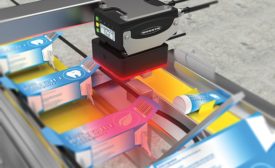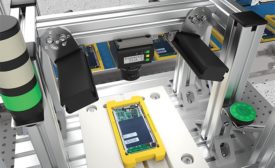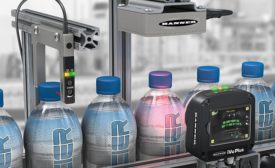Amanda Nelson
Amanda Nelson is the technical marketing manager – vision at Banner Engineering. For more information, email [email protected] or visit www.bannerengineering.com.
ARTICLES
Improvements in machine vision include advanced-imaging analysis, robotics, machine learning and 3D vision.
Read More
How to Choose a Vision Lighting Technique
5 common vision lighting techniques and 5 critical questions to ask.
September 1, 2019
When to Use a Vision Sensor
Vision sensors are an especially great choice for users that are getting started with vision.
July 1, 2018
Get our new eMagazine delivered to your inbox every month.
Stay in the know with Quality’s comprehensive coverage of the manufacturing and metrology industries.
SIGN UP TODAY!Copyright ©2024. All Rights Reserved BNP Media.
Design, CMS, Hosting & Web Development :: ePublishing


